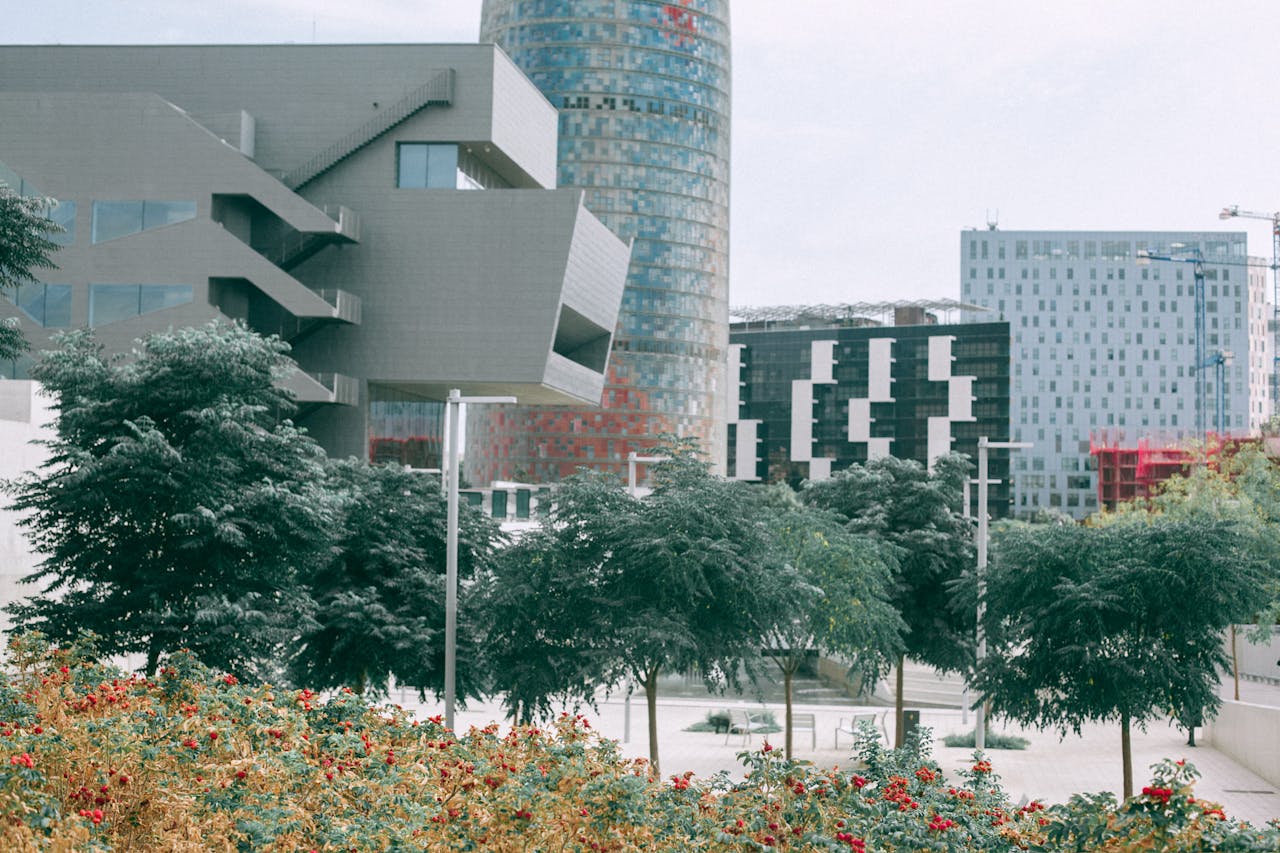
Sustainable Landscaping Practices for Commercial Properties
Table of Contents
- Benefits of Sustainable Landscaping
- Design Principles for Eco-Friendly Landscapes
- Importance of Using Native Plants
- Water Efficiency Techniques
- Eco-Friendly Maintenance Tips
- The Role of Technology in Sustainable Landscaping
- Building Community Spaces Through Landscapes
- The Future of Commercial Landscaping
Benefits of Sustainable Landscaping
Sustainable landscaping offers numerous benefits beyond environmental concerns. It promotes a responsible corporate image and provides tangible benefits for businesses. Professional commercial landscaper can integrate sustainable methods, maximizing carbon reduction and aesthetic enhancement. Sustainable landscapes also improve air and water quality by acting as natural filters, trapping dust and pollutants and preventing runoff and erosion. This stewardship creates a healthier environment for employees and patrons. Businesses investing in sustainable landscapes often enjoy reduced maintenance costs and increased property value. Offering an environment-friendly space attracts more customers aligning sustainability with prosperity.
Design Principles for Eco-Friendly Landscapes
Sustainable landscaping design is a strategic approach that balances ecological principles with functional aesthetics. It involves selecting plants and materials that thrive in the environment, considering soil health, microclimates and energy conservation. Trees may provide shade or windbreaks, lowering heating and cooling costs. By encouraging groundwater recharge and reducing surface runoff, permeable pavement increases biodiversity and lessens stormwater runoff. In addition to being crucial for environmental preservation, eco-friendly landscape construction and design also motivates companies to take a comprehensive strategy.
Importance of Using Native Plants
Native plants are essential for sustainable landscapes. They adapt to local climates and soil conditions, requiring minimal human intervention. They reduce resource consumption making landscapes cost-effective and environmentally sound. Native plants also provide essential sustenance and shelter for wildlife, enhancing ecosystem resilience. Incorporating native plants into conservation goals reinforces landscapes’ role in ecological stewardship making them a valuable asset for biodiversity.
Water Efficiency Techniques
Sustainable landscaping prioritizes water conservation through drip irrigation and rainwater harvesting systems. Drip irrigation delivers moisture directly to plant roots, reducing water use and promoting responsible resource stewardship. Rainwater harvesting systems collect and store rainwater, reducing dependency on municipal sources and mitigating flooding and erosion risks. These methods help businesses champion sustainability, improve water management strategies and contribute to resource conservation.
Eco-Friendly Maintenance Tips
Sustainable landscaping aims to balance development and nature by using eco-friendly practices like organic fertilizers and integrated pest management. These practices nourish soil without harmful chemicals, while IPM uses biological, cultural, and chemical methods to control pest populations. Routine mulching retains soil moisture and suppresses weed growth, enhancing landscape health and sustainability. These maintenance efforts ensure year-round beauty and functionality, balancing development and nature.
The Role of Technology in Sustainable Landscaping
Technology revolutionizes sustainable landscaping by offering innovative tools and systems that improve efficiency and resource management. Intelligent irrigation systems use weather data and soil moisture levels to fine-tune watering schedules, reducing water use and cost. Advanced landscape design software allows meticulous planning and optimization to meet ecological and aesthetic goals. As technology evolves, these innovations will be crucial in creating sustainable landscapes.
Building Community Spaces Through Landscapes
Landscape design can enhance community interaction and quality of life by incorporating community elements like gardens, walking paths, and open spaces. These spaces promote recreation, relaxation and environmental education, integrating green areas into daily life. Involving the community in landscape projects builds ownership and belonging, leading to more conscientious stewardship of shared resources. This interactive approach enhances sustainability and revitalizes urban and commercial areas.
The Future of Commercial Landscaping
Commercial landscaping is set to evolve with sustainable practices and materials with green infrastructure demonstrating potential for urban landscaping. Businesses are adopting eco-friendly practices to address environmental challenges. This shift will reshape the industry introducing eco-friendly technologies and materials. Combining modern technology and traditional principles will create resilient environments that mitigate environmental issues and improve human and nature’s quality of life.















